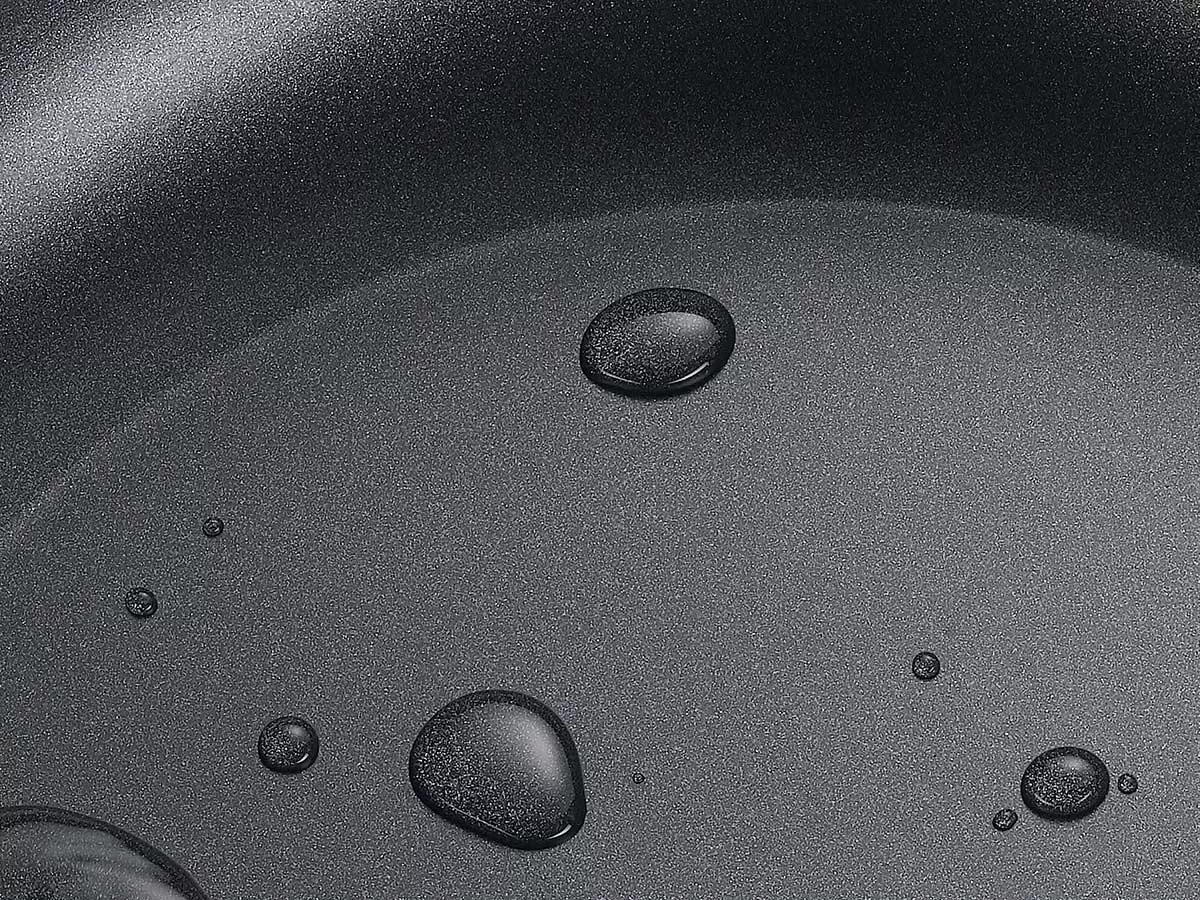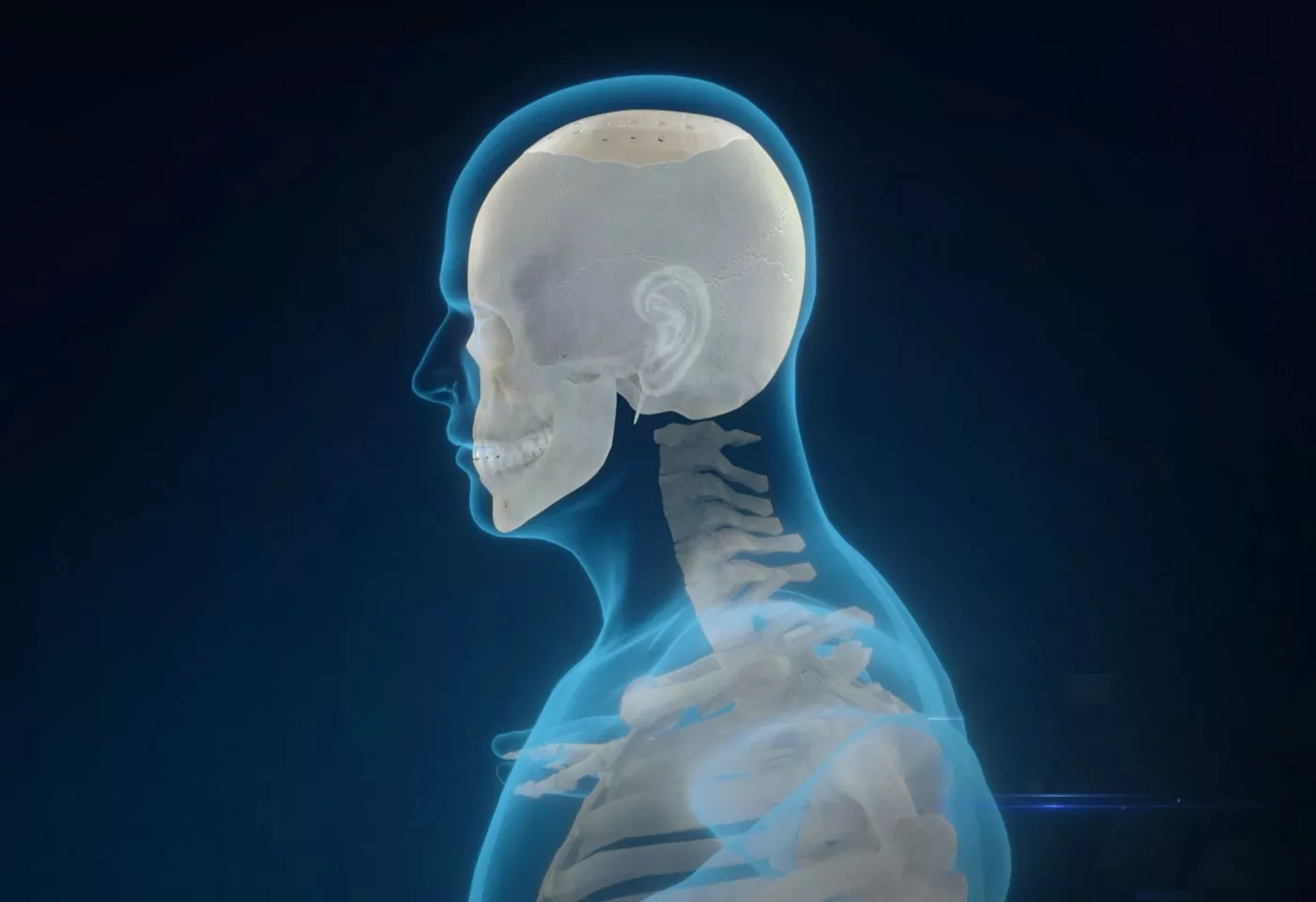Non-stick coating industry has always been complex and it takes efforts to make the fine non stick coating. And among all the steps of non stick coating manufacturing process, substrate pretreatment is the key. In this comprehensive guide, we'll dive deep into the world of substrate pre-treatment, exploring its importance, key considerations, and common issues that manufacturers face. Whether you're new to the industry or looking to refine your processes, this article will provide valuable insights into this critical step in non-stick coating manufacturing.
1. What is Substrate Pre-treatment?
Substrate pre-treatment is the process of preparing a surface before applying a non-stick coating. It's the foundation upon which the entire coating system is built. Think of it as preparing a wall before painting – if you don't do it right, the paint won't stick properly or look good. In the context of non-stick coatings, pre-treatment typically involves several steps that work together to create an ideal surface for coating adhesion.
The first step in pre-treatment is cleaning. This involves removing any dirt, oils, or contaminants from the substrate surface. There are various methods to achieve this, including solvent cleaning, which uses chemicals to dissolve and remove oils and greases; alkaline cleaning, which uses high pH solutions to break down organic contaminants; and ultrasonic cleaning, which uses sound waves to agitate a cleaning solution and remove stubborn dirt.
After cleaning, the surface often needs to be roughened to improve coating adhesion. This can be achieved through mechanical abrasion, using tools like sandpaper, wire brushes, or blast media, or through chemical etching, which involves applying acids or other chemicals to create a microscopic texture on the surface. Following this, thorough rinsing is crucial to remove any residual cleaning agents or etching chemicals, typically done with deionized water to prevent mineral deposits.
The substrate must then be completely dried before coating application. This can be done through air drying, oven drying, or using compressed air. In some cases, additional surface activation may be required, especially for certain materials. This can include plasma treatment, which uses ionized gas to modify the surface energy, or corona discharge, which applies a high-voltage electrical discharge to increase surface energy.
2. How Does Substrate Pre-treatment Matter?
The importance of proper substrate pre-treatment cannot be overstated. It affects every aspect of the non-stick coating's performance and longevity. The primary purpose of pre-treatment is to ensure strong adhesion between the coating and the substrate. Poor adhesion can lead to coating peeling or flaking off, reduced durability and shorter product lifespan, and even potential safety hazards in food-contact applications.
Proper pre-treatment also contributes significantly to the coating's appearance. It helps achieve a smooth, uniform coating surface. Issues in pre-treatment can result in surface defects like pinholes or craters, uneven coating thickness, and poor gloss or color uniformity. These aesthetic issues not only affect the product's appearance but can also impact its functionality.
Moreover, the effectiveness of non-stick properties is directly influenced by pre-treatment. Inadequate pre-treatment can lead to reduced non-stick performance, increased food sticking or burning, and difficulty in cleaning the coated surface. A well-prepared substrate enhances the coating's ability to withstand wear and tear, improving scratch and abrasion resistance, as well as chemical resistance. While proper pre-treatment may seem like an added expense, it's actually a cost-saving measure in the long run, helping to avoid product recalls due to coating failure, increased warranty claims, and potential damage to brand reputation.
3. What to Pay Attention to in Substrate Pre-treatment
To ensure effective substrate pre-treatment, manufacturers need to focus on several key areas. One of the most crucial factors is understanding the substrate material. Different materials require different pre-treatment approaches. For example, aluminum often requires degreasing and etching, while stainless steel may need degreasing and mechanical roughening. Cast iron typically requires thorough cleaning and sometimes grit blasting, while ceramics may need special surface activation treatments. Understanding the specific requirements for each material is crucial for effective pre-treatment.
Establishing and maintaining strict cleanliness standards is also essential. This includes regular testing of cleaning solutions for effectiveness, implementing proper handling procedures to prevent recontamination, and using clean room practices in sensitive applications. Consistent results require tight control over pre-treatment processes. Key factors to monitor include the temperature of cleaning and etching solutions, concentration of chemicals used, duration of each pre-treatment step, and rinsing water quality and pH.
Regular maintenance of pre-treatment equipment is crucial for optimal performance. This includes cleaning and calibrating spray nozzles, replacing filters in water treatment systems, and checking and replacing worn parts in mechanical abrasion equipment. Many pre-treatment processes involve chemicals that require careful handling and disposal, so attention should be paid to proper ventilation in pre-treatment areas, safe storage and handling of chemicals, and compliance with local environmental regulations for waste disposal.
Implementing robust quality control measures is essential for ensuring consistent pre-treatment results. This can include visual inspection of pre-treated surfaces, water break tests to check for proper cleaning, adhesion testing of sample coatings, and surface roughness measurements. Maintaining detailed records of pre-treatment processes is important for troubleshooting coating issues, ensuring consistency across production runs, and meeting industry standards and certifications.
4. Common Issues in Substrate Pre-treatment
Despite best efforts, several issues can arise during substrate pre-treatment. Being aware of these can help manufacturers identify and address problems quickly. One common issue is inadequate cleaning, which can result in coating blistering or peeling, poor adhesion in localized areas, and visible contaminants under the coating. This can be caused by insufficient cleaning time or temperature, contaminated cleaning solutions, or ineffective cleaning methods for specific contaminants. To address this, manufacturers should review and optimize cleaning processes, implement regular testing of cleaning solution effectiveness, and consider using multiple cleaning methods for stubborn contaminants.
Another frequent problem is over-etching, which can lead to a powdery surface appearance, excessive material removal, and weakened substrate structure. This is often caused by too high concentration of etching chemicals, excessive etching time, or improper temperature control. Solutions include carefully controlling etching solution concentration and temperature, implementing strict timing controls for etching processes, and considering less aggressive etching methods for sensitive materials.
Insufficient surface roughness is another issue that can plague pre-treatment processes. Symptoms include poor coating adhesion, coating peeling in large sheets, and a smooth appearance of the pre-treated surface. This can be caused by inadequate mechanical abrasion, ineffective chemical etching, or choosing the wrong pre-treatment method for the substrate material. To address this, manufacturers should adjust abrasion parameters (such as grit size, pressure, and time), optimize chemical etching processes, and select appropriate pre-treatment methods based on substrate material and coating requirements.
Residual contamination after rinsing can also cause problems, resulting in water spots or stains on the substrate, localized coating adhesion failures, and visible residue under the coating. This is often due to insufficient rinsing, poor quality rinse water, or inadequate drying after rinsing. Implementing multiple rinse stages, using deionized water for the final rinse, and ensuring thorough drying before coating application can help mitigate these issues.
Oxidation of pre-treated surfaces is another challenge that manufacturers may face. Symptoms include discoloration of the substrate surface, reduced coating adhesion, and a visible oxide layer under the coating. This can be caused by delayed coating application after pre-treatment, exposure to humid environments, or inadequate storage of pre-treated parts. To address this, manufacturers should minimize the time between pre-treatment and coating application, control humidity in storage areas, and consider applying temporary protective coatings for longer storage periods.
Uneven pre-treatment can lead to a patchy coating appearance, inconsistent coating adhesion across the surface, and visible differences in surface texture. This is often due to inconsistent spray patterns in cleaning or etching, uneven mechanical abrasion, or improper part orientation during pre-treatment. Regular maintenance and adjustment of spray equipment, implementing automated or consistent manual abrasion processes, and optimizing part fixturing and rotation during pre-treatment can help ensure more uniform results.
Lastly, chemical residues can cause significant issues, including coating discoloration or blistering, poor coating cure, and unexpected chemical reactions during coating application. This is typically caused by inadequate rinsing after chemical treatments, use of incompatible chemicals in pre-treatment, or contamination from handling equipment. Implementing thorough rinsing protocols, carefully selecting pre-treatment chemicals compatible with the coating system, and using clean, non-contaminating handling equipment can help prevent these problems.
Conclusion
Substrate pre-treatment is a critical step in non-stick coating manufacturing that demands attention to detail and a thorough understanding of materials and processes. By focusing on proper cleaning, surface preparation, and quality control, manufacturers can ensure their non-stick coatings perform optimally and meet the high standards expected by consumers.
Remember, the key to successful pre-treatment lies in consistency, process control, and ongoing education about new techniques and technologies. By staying informed and maintaining high standards in pre-treatment processes, manufacturers can produce non-stick coatings that are durable, effective, and of the highest quality.
As the industry continues to evolve, so too will pre-treatment techniques. Staying abreast of these developments and continuously refining your processes will help ensure your non-stick coatings remain at the forefront of quality and performance.





